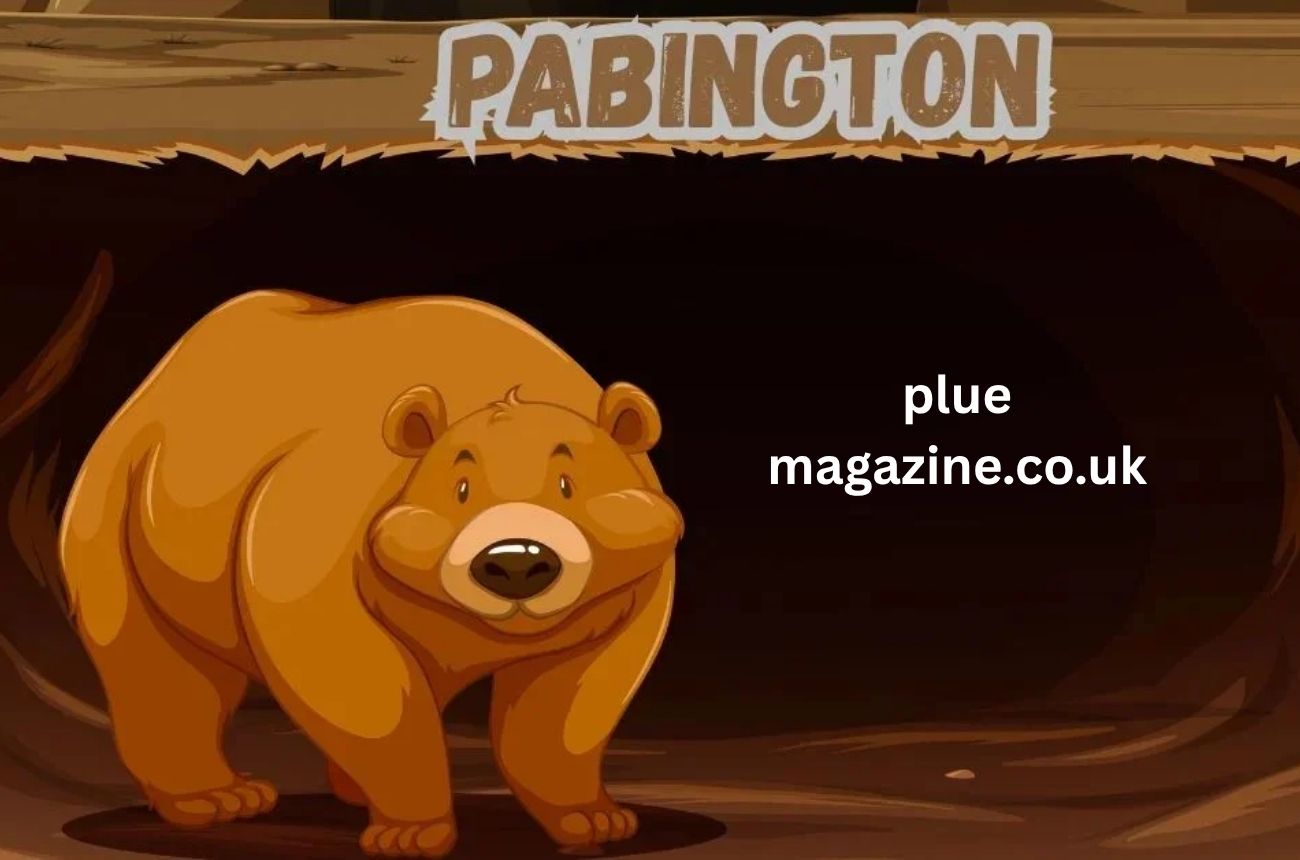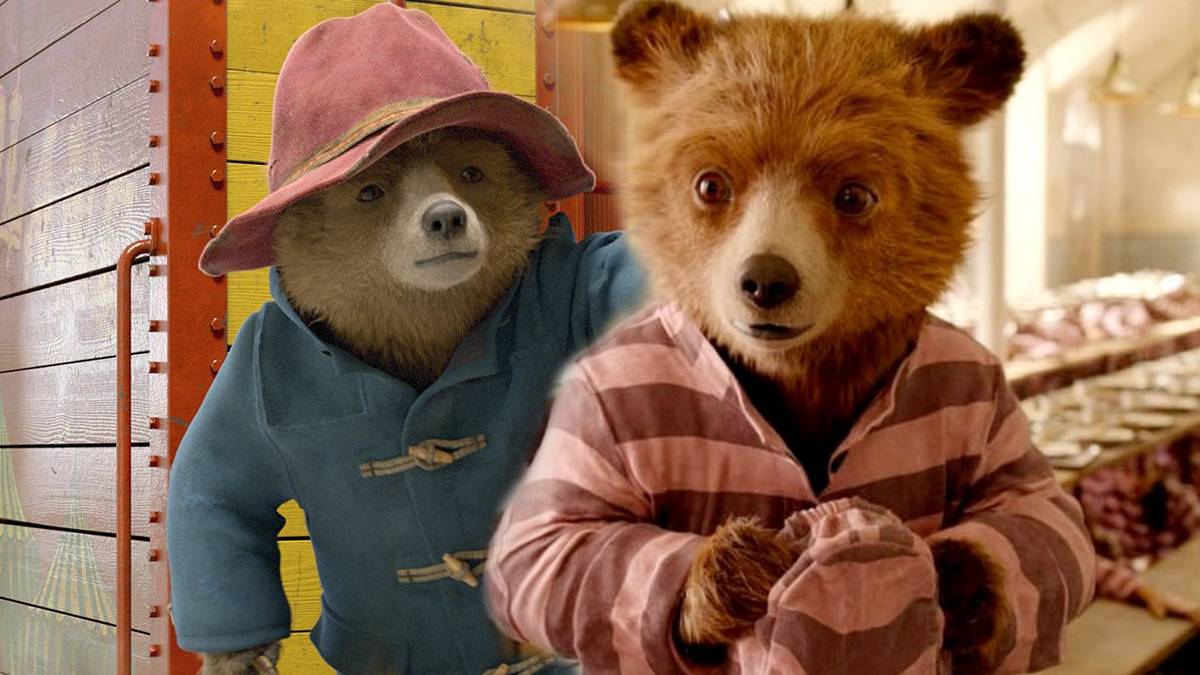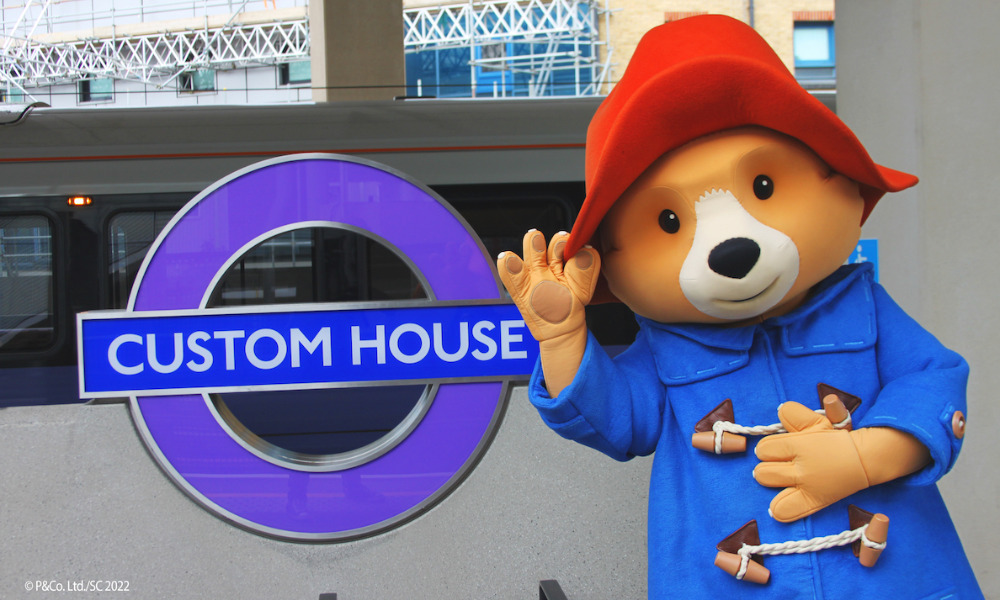Blog
What Is Pabington? The Complete Guide

In a digital world overflowing with new terms and innovations, Pabington has recently emerged as a fascinating and multifaceted concept. While at first glance it may sound like a surname or a place, Pabington has evolved into something much deeper — a cultural and design phenomenon that captures the intersection of creativity, innovation, and conscious living.
From being referenced in digital art forums to design laboratories and even lifestyle startups, the term Pabington represents a movement toward blending tradition with technology. This article explores the meaning, origins, and modern implications of Pabington, uncovering how it’s redefining design thinking and digital identity in 2025.
The Origin and Etymology of Pabington
The word Pabington first surfaced in online innovation circles during the late 2023–2024 period. Linguistically, it is believed to stem from creative naming conventions common in modern branding — combining a classical tone (“-ington”) with a soft consonant start (“Pab-”).
Experts suggest that Pabington symbolizes “humanized progress”, meaning technology that feels natural and relatable. Early mentions appeared in digital design blogs, where creators used “Pabington” to describe minimalist, human-centered aesthetics that evoke warmth and familiarity despite being technologically advanced.
The Evolution of Pabington in Modern Discourse
In just a short span, Pabington has moved from a niche creative term to a mainstream idea. It resonates with entrepreneurs, artists, and tech developers alike — individuals who are striving for authentic connection in a digital-first world.
The Pabington philosophy is about simplicity meeting sophistication. Instead of cold, mechanical designs, it emphasizes materials, color schemes, and digital experiences that feel organic and emotionally engaging.
The Conceptual Meaning of Pabington

At its core, Pabington stands for a mindset — a fusion of creativity, empathy, and innovation. It challenges the conventional idea that technology must be purely functional or impersonal. Pabington encourages people to approach modern design through the lens of human emotion and sustainability.
For example, a Pabington-style product might blend smart features with traditional craftsmanship. Think of an AI-powered notebook that retains the tactile feel of pen and paper or an eco-smart lamp that adapts to human mood lighting.
Pabington in Technology and Design
Pabington has become a reference point for next-generation design. It represents digital minimalism combined with aesthetic warmth — clean interfaces, gentle curves, and intuitive usability. Many tech startups are adopting this philosophy to create emotionally intelligent technologies.
In 2025, several European and Asian design labs began to include “Pabington principles” in their creative briefs, encouraging teams to design products that connect emotionally rather than simply perform tasks.
The “Pabington Effect” in Creative Industries
The “Pabington Effect” refers to how this new ideology influences artists and designers globally. It inspires them to break away from hyper-digitized trends and embrace authentic imperfection. Instead of chasing algorithmic perfection, Pabington advocates for real textures, organic lines, and emotional storytelling.
Brands embracing this style are perceived as trustworthy, creative, and human-focused — a powerful trio in modern marketing psychology.
Cultural and Artistic Significance
Beyond technology, Pabington is gradually becoming a symbol of cultural renaissance. Artists use it to describe works that blend digital innovation with cultural heritage. Museums, art galleries, and educational platforms are exploring “Pabington exhibitions” — collections of hybrid art blending AR (Augmented Reality) with historical techniques.
This hybridization of new and old makes Pabington a metaphor for the 21st-century mindset: honoring history while shaping the future.
Pabington in Branding and Marketing

In branding, Pabington represents modern authenticity. Companies using Pabington-inspired design principles focus on visual clarity, sincerity, and empathy.
Marketing analysts have found that the “Pabington aesthetic” performs well with Gen Z and millennial audiences who value realness and conscious design. Its soft typography, balanced color palettes, and human-centered storytelling have reshaped visual communication strategies for new-age brands.
The Ethical and Sustainable Side of Pabington
One of the most profound dimensions of Pabington lies in its ethical implications. It promotes sustainability, inclusivity, and mental well-being. The concept encourages creators to ask: “How does this innovation make people feel?”
This ethical mindfulness aligns with the post-consumer movement, where users demand more transparency and responsibility from companies. A Pabington approach to design ensures that human happiness and environmental care remain at the forefront of innovation.
Pabington in Digital Communities
Online communities across platforms like Reddit, Discord, and Behance have formed around Pabington-like ideologies. Designers share their “Pabington projects,” emphasizing balance between aesthetics and emotional resonance.
In 2025, a growing number of virtual design conferences now include Pabington panels, where experts discuss humanistic design ethics, algorithmic empathy, and user-centered innovation.
The Pabington Lifestyle Movement

Beyond design, Pabington has become a lifestyle term. It defines a way of living that combines mindfulness, creativity, and simplicity. Followers of the Pabington lifestyle often prioritize experiences over possessions and aim for digital detox routines that bring emotional balance.
The term has been used in wellness startups, slow-living blogs, and eco-luxury communities. Its universal adaptability has made it one of 2025’s defining cultural ideas.
Educational and Philosophical Influence
Academia has started acknowledging Pabington as a sociocultural concept worthy of study. Universities offering courses in design philosophy and digital humanities discuss Pabington as an example of “new aesthetic humanism.”
It merges philosophy, design ethics, and emotional intelligence — an intersection that defines how societies can evolve technology responsibly.
Criticisms and Misinterpretations
Like any popular concept, Pabington isn’t without critique. Some argue that it’s too abstract or that it risks becoming a buzzword without substance. However, most experts counter that Pabington’s power lies precisely in its flexibility — it adapts to different contexts while maintaining its central idea: humanized innovation.
The Future of Pabington
As 2025 progresses, Pabington is expected to expand further into architecture, education, and AI design. The philosophy continues to inspire the next generation of innovators who believe creativity must serve human well-being.
In many ways, Pabington might become what “minimalism” was to the 2010s — a lasting cultural anchor that helps redefine how we see beauty, function, and connection in an ever-changing world.
Conclusion
Pabington is more than just a word — it’s an ideology for modern innovation. It reminds us that technology and creativity must remain deeply human. Whether in design, art, or lifestyle, Pabington symbolizes a balanced approach to progress: one that values authenticity, empathy, and sustainable growth.
Five Frequently Asked Questions (FAQs)
1. What does the term “Pabington” actually mean?
Pabington represents a blend of design, creativity, and ethical innovation. It is used to describe objects, ideas, or movements that merge technology with humanity — creating a balance between efficiency and emotion. The term’s versatility allows it to apply across art, lifestyle, and digital culture.
2. How did Pabington become popular?
The term gained traction around 2024 when digital creators began using it to describe a unique design movement emphasizing emotional connection in tech. Its aesthetic appeal and cultural adaptability made it a trending concept in both artistic and branding communities by 2025.
3. What industries are influenced by Pabington?
Pabington influences design, technology, fashion, architecture, marketing, and wellness. Many global brands now incorporate Pabington principles in product design and user experience development to build deeper emotional engagement with consumers.
4. Is Pabington just another design trend?
While it shares similarities with minimalism or Scandinavian design trends, Pabington stands apart by emphasizing emotional intelligence and sustainability. It’s not just about looks; it’s about how people feel when interacting with products, spaces, and digital systems.
5. How can one adopt the Pabington philosophy in daily life?
To live “Pabington,” one can focus on simplicity, mindfulness, creativity, and sustainability. It’s about choosing designs and technologies that enhance life’s quality without overwhelming it — creating a harmonious balance between innovation and inner peace.
-

 Celebrity10 months ago
Celebrity10 months agoWho Is Elizabeth Buckley Harrold O’Donnell? A Closer Look at Lawrence O’Donnell’s Family
-

 Celebrity10 months ago
Celebrity10 months agoNathaniel Mandrell Dudney: Insights into Barbara Mandrell’s Family Life
-

 Celebrity9 months ago
Celebrity9 months agoWho Is Vera Davich? A Deep Dive into Her Life and Relationship with Scott Patterson
-

 Celebrity10 months ago
Celebrity10 months agoMeet Vladislava Galagan: A Profile of Her Life and Impact
















